13 American cities facing an uncertain future
US cities at risk
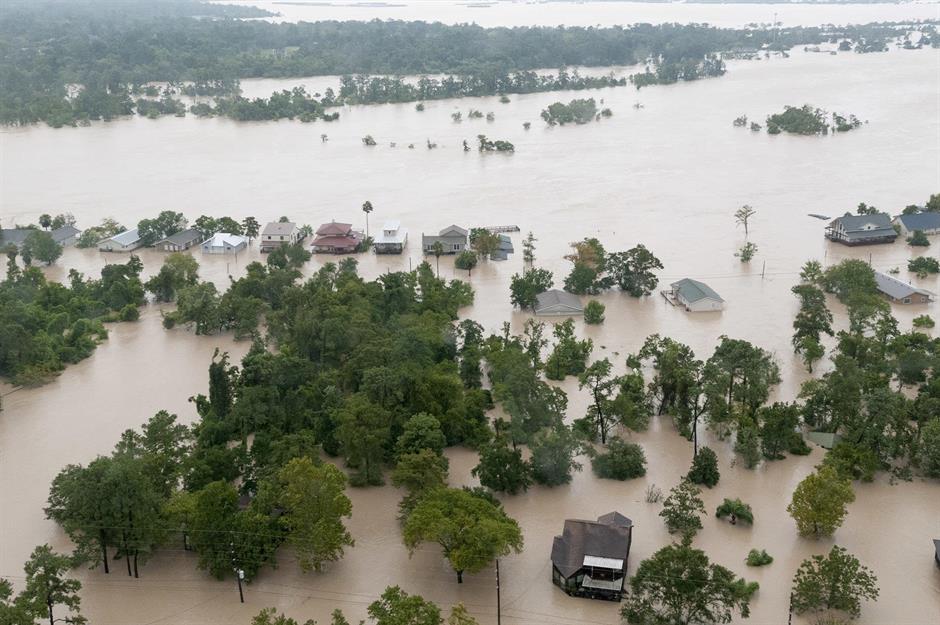
There's no denying it: we live in an age of constant uncertainty, with everything from climate change to the closure of businesses threatening the way we go about our daily lives.
California's devastating wildfires, Seattle's high rates of homelessness, and Miami's ever-rising sea levels are just a few examples of the monumental challenges that American cities are facing at the moment.
Click or scroll through our gallery to find out which areas are fighting to survive at the moment, and what they're doing to try and change things for the better.
Virginia Beach, Virginia
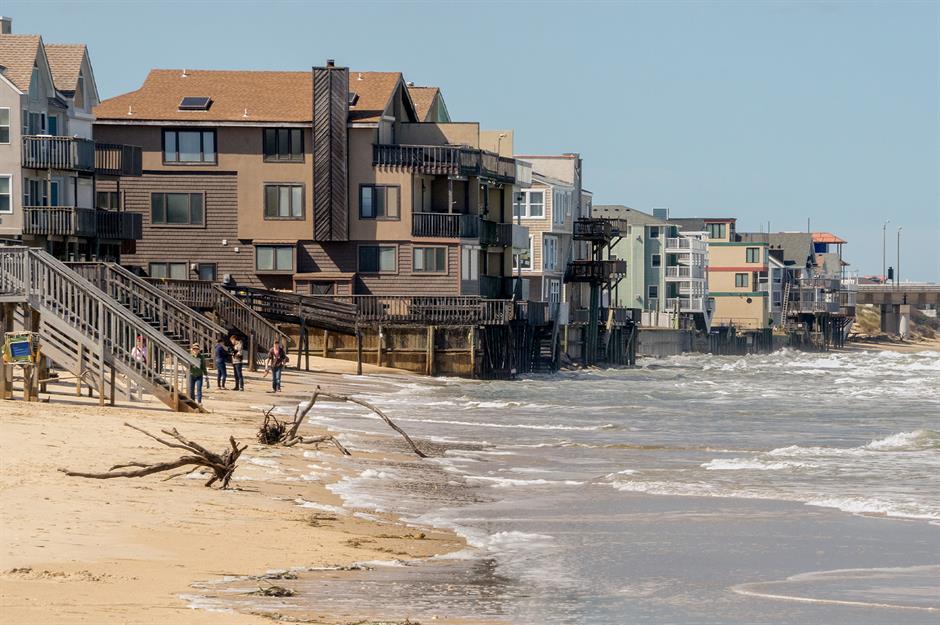
As sea levels continue to rise, high tide flooding (also known as "nuisance flooding") is becoming more and more commonplace, even on sunny days.
Along the Atlantic Seaboard, the Virginia coast has seen its sea level rise at an alarming rate. This is largely due to land subsidence, which is another major issue that is common in the area. In fact, one study found that Virginia Beach sinks by more than 3.5mm (0.13 inches) per year, which partly explains why the area is experiencing increasingly severe flooding.
Virginia Beach was hit hard by Hurricane Matthew in 2016, and even homes and businesses located miles away from the water were damaged by the ensuing floods. According to estimates, the destruction cost around $30 million to repair.
Virginia Beach, Virginia
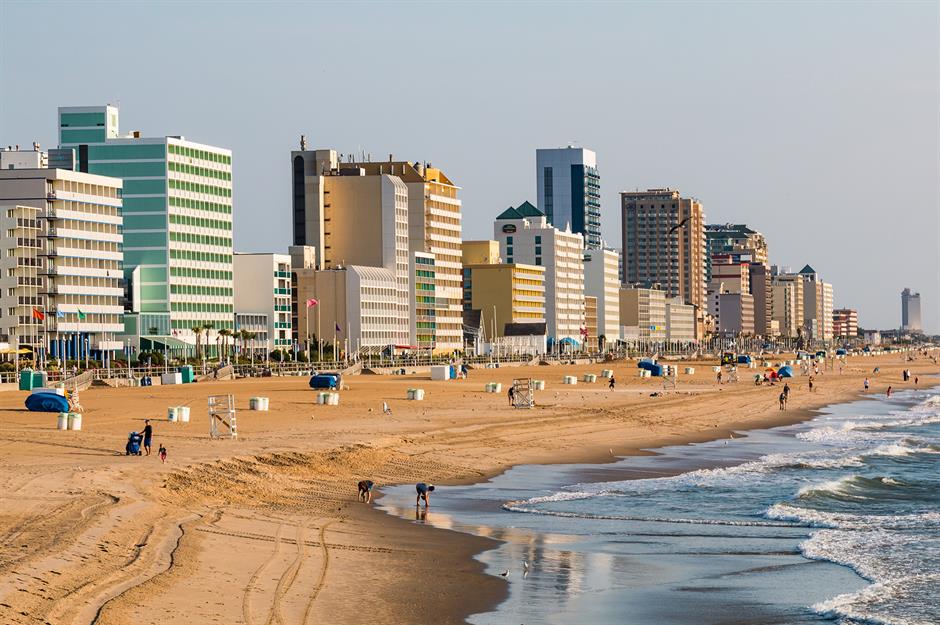
Beyond the costs of rebuilding after devastating weather events, there are other potential financial consequences for Virginia Beach.
The city's economy relies heavily on tourism, agriculture, and the military. All three are hugely vulnerable to large storms and sea level rises, and any reduced revenue would have a detrimental impact on the area.
In November 2021, voters approved a $568 million bond to fund infrastructure projects that will help protect the city, including water pumping stations that could help to reduce flooding.
While it's a positive step in the right direction, the money will only cover about a third of the work that needs to be done to prevent future sea level increases. Experts estimate the water will rise by up to three feet (1 meter) over the next 50 years.
Williston, North Dakota
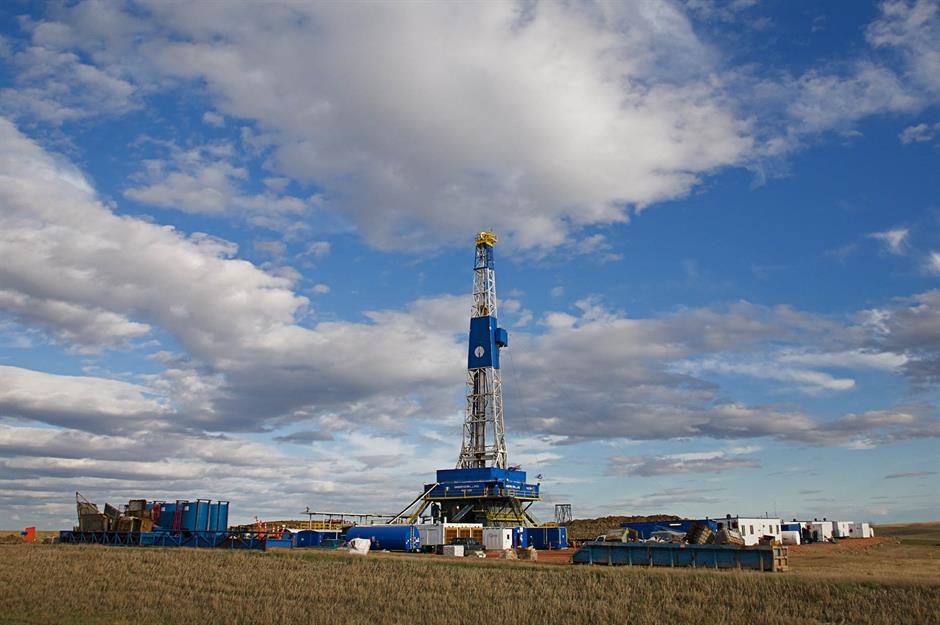
In 2006, the discovery of oil in North Dakota led to a boom, with several towns experiencing their very own modern-day gold rush. The resulting oil extraction work in the Bakken Formation transformed cities such as Williston in North Dakota.
Workers flocked to the area, with apartments, hotels, and even trailer parks popping up seemingly over-night to accommodate the growing population.
In the post-financial crisis era, Williston was one of the few places in the US that was actually creating jobs. However, that changed in 2014 when the price of oil-per-barrel dropped and production in the Bakken Formation slowed, leading to layoffs and reduced hours.
The many stores, restaurants, and hotels built for the boom also began to struggle, with workers opting to save their money or leave the city entirely.
Williston, North Dakota
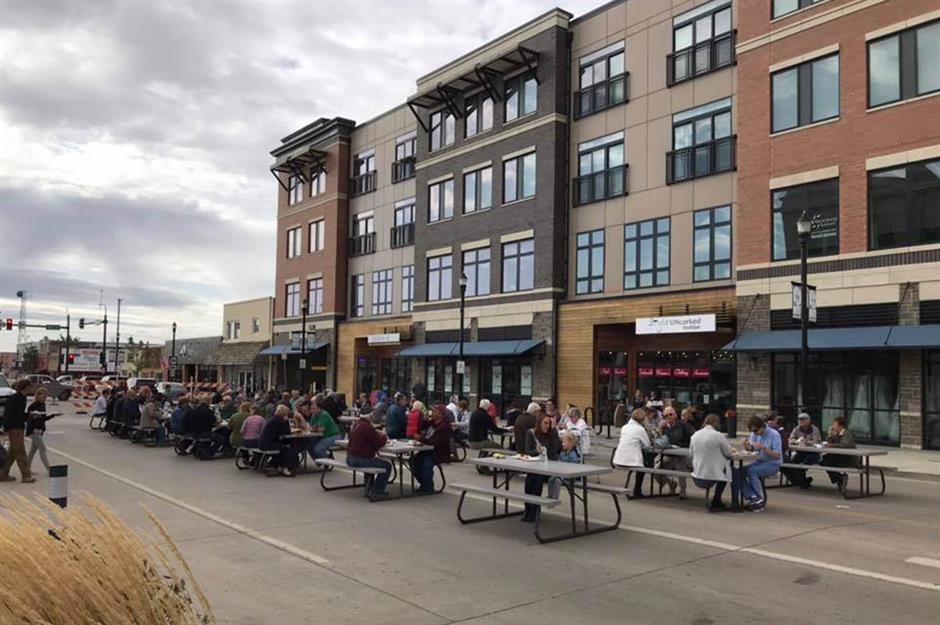
When oil prices dropped even lower due to reduced demand during the COVID-19 pandemic, the local economy took yet another hit.
Even with prices and demand both skyrockering in the wake of Russia's invasion of Ukraine, oil companies still haven't increased production in the Bakken Shale. On top of that, industry leaders have reported worker shortages, and are struggling to hire staff despite offering would-be employees generous packages.
Some blame the federal government for pursuing renewable energy, saying that firms won't invest in the region if fossil fuels are expected to be phased out by 2050.
New Orleans, Louisiana
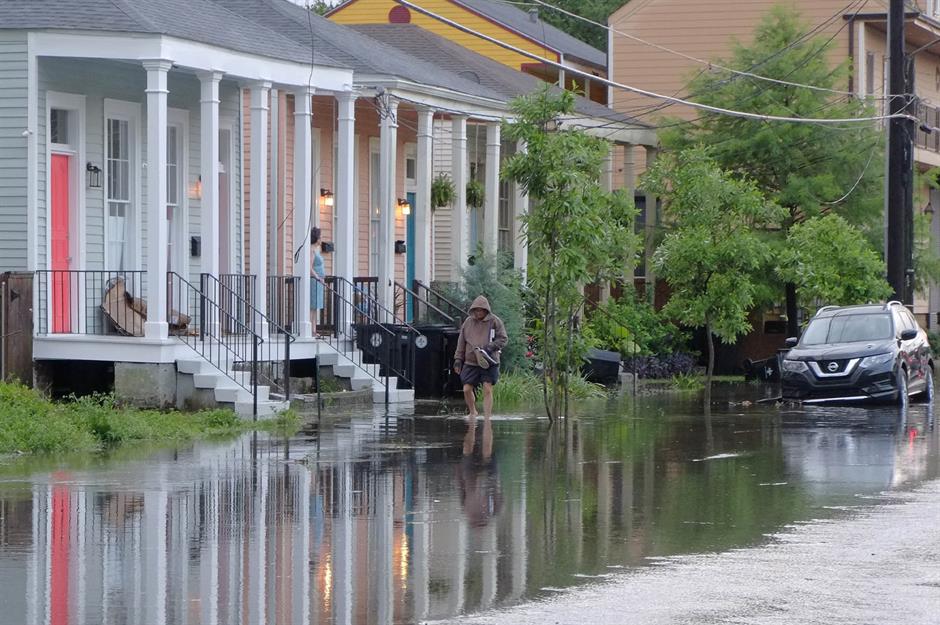
New Orleans lies on a river delta, which means flooding and rising sea levels both pose a significant threat to the area.
Wetlands have long protected the city but are slowly disappearing due to human activity, including canal dredging and the withdrawal of oil and gas. The city was built on marshland, which is slowly dropping; in fact, reports suggest that some neighborhoods in The Big Easy are already experiencing subsidence of around five inches a decade.
Experts estimate that around 33 miles of land along the Louisiana coastline will be underwater by 2040, including New Orleans.
New Orleans, Louisiana
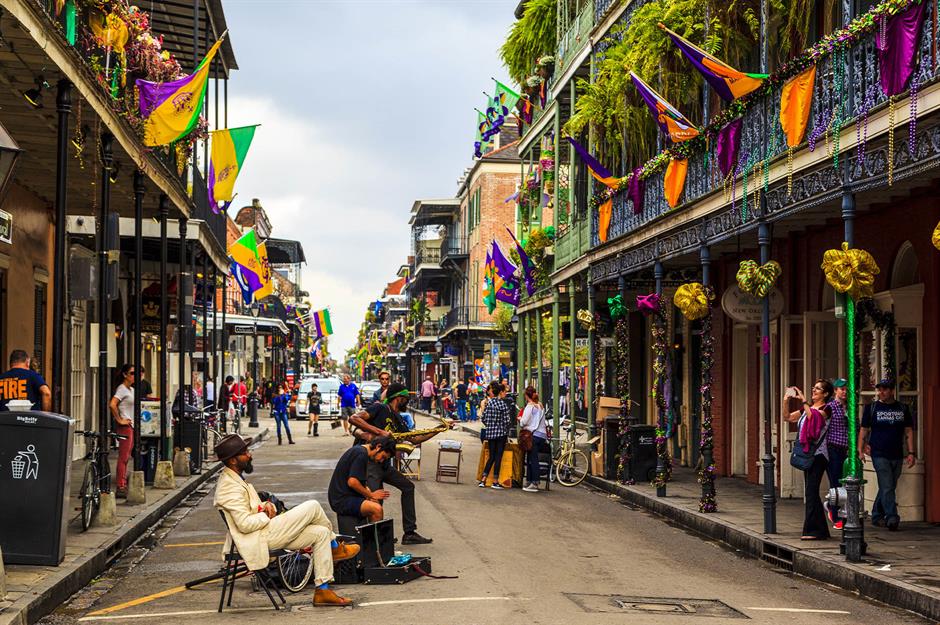
Following the devastation of Hurricane Katrina in 2005, the US Congress spent more than $14.5 billion on improving the city's flood control infrastructure.
When Hurricane Ida hit New Orleans in August 2021, the new preventative measures helped to protect the city from the severe flooding that residents had experienced 16 years earlier.
However, the US Army Corps of Engineers reports that the city's increasing subsidence could potentially render these improvements largely inadequate by 2023.
Miami, Florida
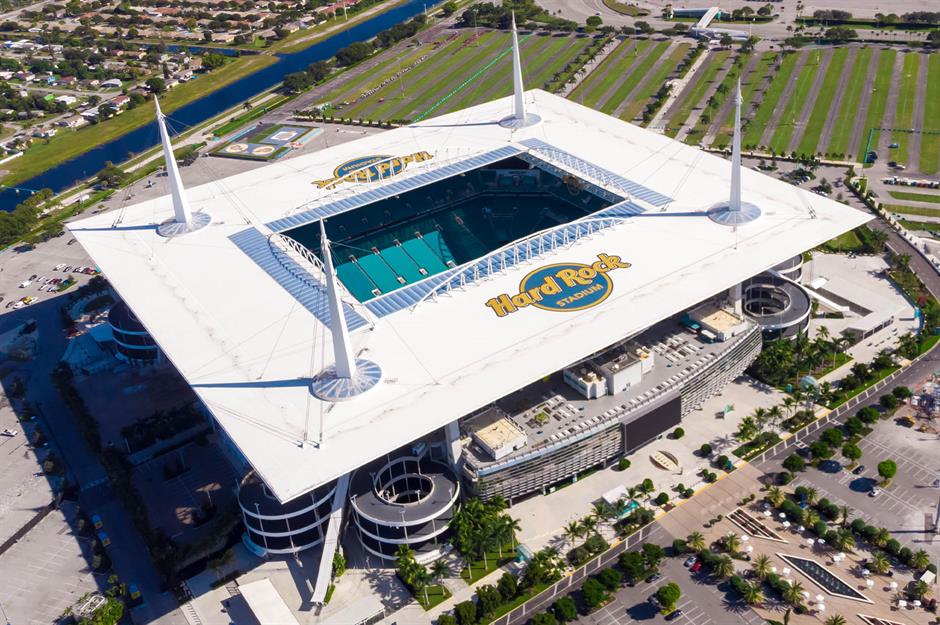
Sometimes referred to as "ground zero" due to its proximity to sea level, Miami is currently facing several serious climate issues.
Top of the list is the threat that flooding poses to its 88 miles of waterfront; around 26% of all the American homes at risk from rising seas located in Miami-Dade county, according to real estate website Zillow.
The sea level is predicted to keep rising before the end of the 21st century, meaning that parts of the city will become largely inhabitable. This will increase the risk of saltwater intrusion to the city's Biscayne Aquifer, the county's number one source of clean drinking water.
Miami, Florida
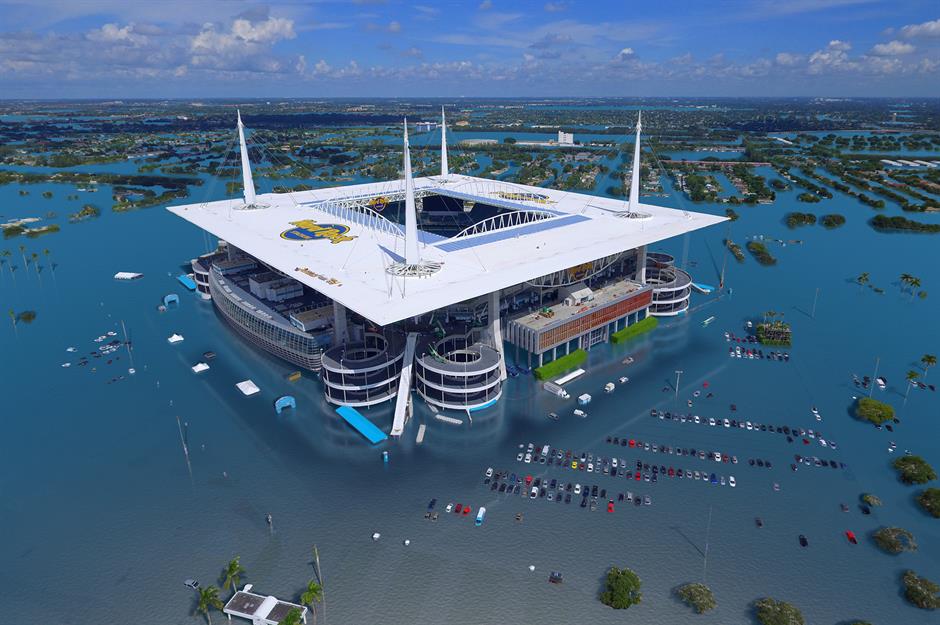
Miami regularly experiences "king tide" flooding: irregular high tides that can often cause flooding.
In 2021, county officials launched a new strategy and outlined how the area can adapt to the rising sea levels. Plans include updating building codes to ensure safer housing, raising the minimum heights for seawalls, and adding more sand to beaches.
However, the plan has attracted its share of negative feedback, with some suggesting that it will only do enough to "reassure" property developers that it's safe to keeping building in Miami.
Shown here is the city’s NFL stadium during a flood event, standing just six feet (1.8m) above the local high tide line.
Boston, Massachusetts
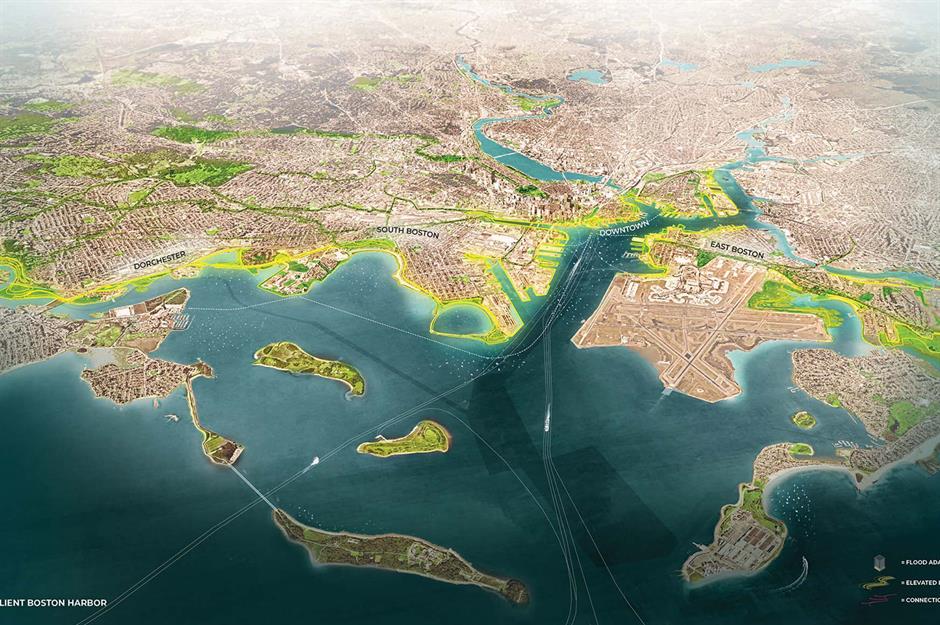
Boston says its residents are already affected by climate change, with extreme heat, rain, snow, and flooding all relatively regular occurences in the Cradle of Liberty.
Government figures show that sea levels in Boston Harbor (pictured) have risen by about 10.4 inches (0.3m) over the last century. While these figures are higher than the global average, what's even more concerning is that this number is expected to grow over the next few years, with experts predicting the sea level could rise by another eight inches (0.2m) between now and 2030.
Higher waters will result in a deeper harbor and more powerful waves that could impact sea walls and beaches, and will invariably increase the risk of flooding.
Boston, Massachusetts
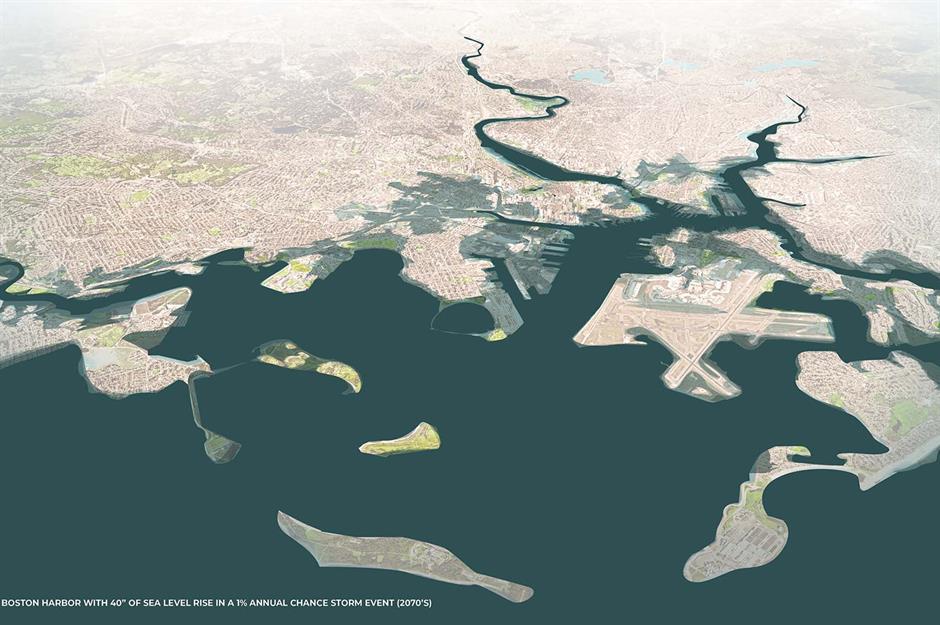
This map (left) shows what experts imagine Boston Harbor will look like by 2070, assuming that the predicted sea level rises happen as expected.
Boston is also set to see elevated temperatures, with the average summer day tipped to reach 84°F by the end of the 21st century – quite a leap from the average of 69°F in 2010.
It's also predicted that Boston will see longer heat waves, with more back-to-back days with temperatures of over 90°F, which is likely to increase the city's mortality rate.
However, there is a glimmer of hope. The city has identified several projects that could help it to combat the predicted effects of climate change, including "redesigned waterfront parks [to] create flood protection" and the elevation of at-risk parcels of land.
Houston, Texas
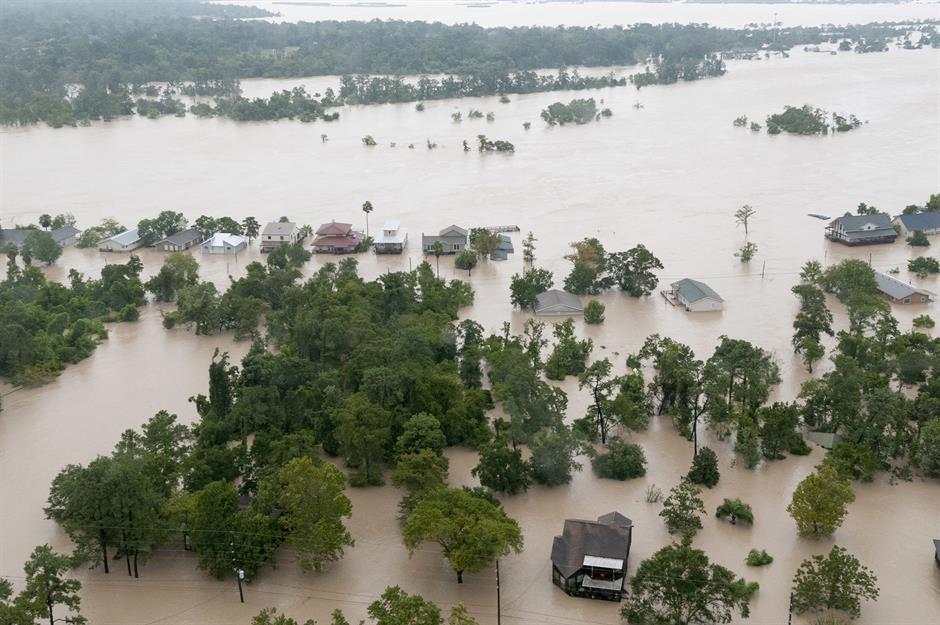
Areas of Houston are dropping at a rate of two inches a year and it's officially one of the fastest sinking cities on the planet.
The main reason? Groundwater pumping for drinking water and agriculture, which has resulted in an astonishing 3,200 square miles of land sinking by more than a foot since 1836, according to the Texas Living Waters Project.
As well as cracked sidewalks and building foundations, this level of submersion also increases the flood risks posed by storms, as demonstrated by Hurricane Harvey in August 2017. The storm brought record levels of rain to Houston, damaging around 135,000 homes and displacing 30,000 people.
Houston, Texas
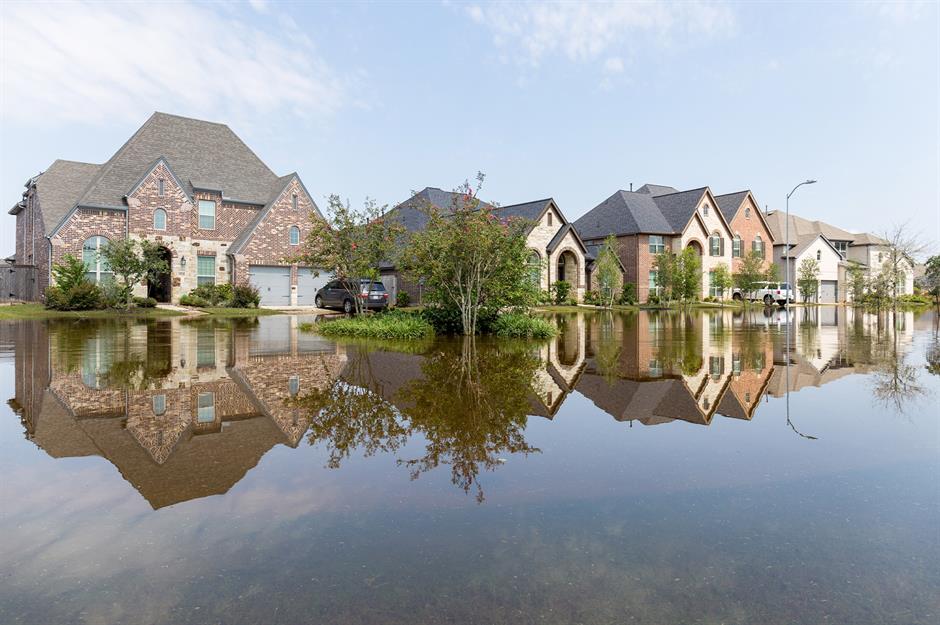
In 2019, the Harris County Flood Control District, which has its HQ in Houston, completed preliminary research into how building a deep tunnel system to store stormwater could reduce flooding and save the city.
However, this county-based agency is facing a budget shortfall for its current planned projects and the tunnels being studied are estimated to cost around $30 billion.
If the mammoth project does move forward, construction will take somewhere between 10 and 15 years. Even with the system in place, however, no flood protection measure will ever be able to fully guard the city.
San Francisco, California
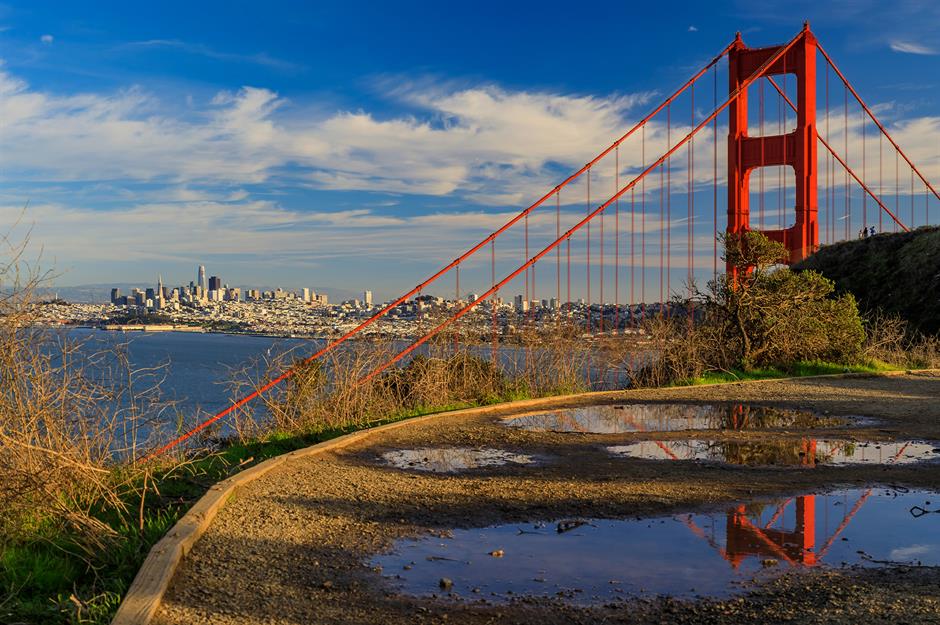
With Silicon Valley on the doorstep, San Francisco and the wider Bay Area have experienced staggering economic growth. However, with sky-high housing prices for both renting and buying, low income workers and the middle classes alike are struggling to afford life in the Golden Gate City.
The median house price is currently an astonishing $1.48 million, which is pricing-out many public sector workers. Record numbers of teachers are quitting San Francisco schools, with the cost of living contributing to the mass resignation, while the medical profession is also feeling the pressure, with local nurses often striking for better pay.
San Francisco, California
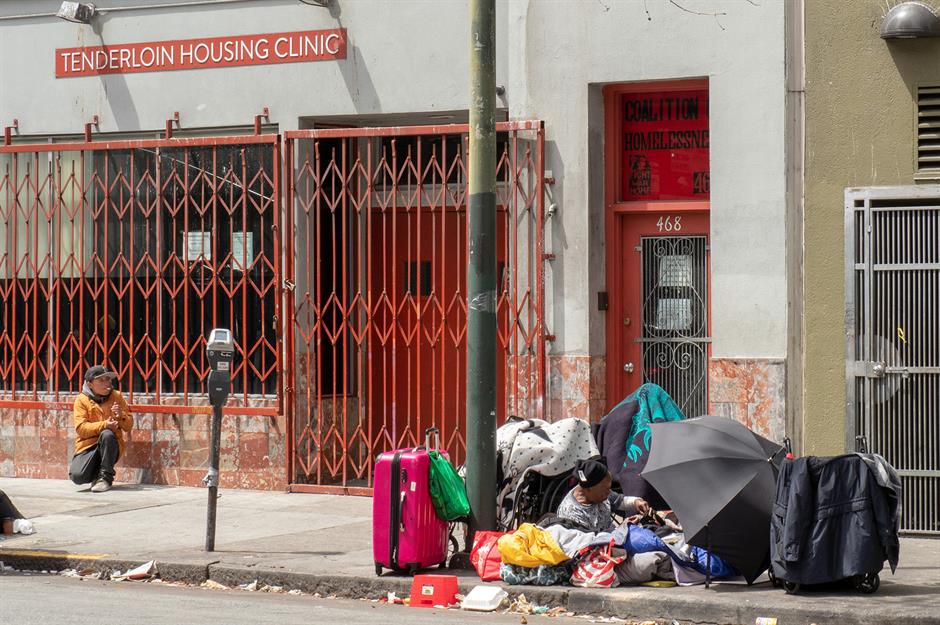
The Bay Area's shortage of affordable housing has resulted in a homelessness crisis, and it doesn't look to be ending anytime soon.
The 2019 San Francisco Homeless Count & Survey found that 70% of respondents said they had lived in the city when they became homeless. Areas that host high numbers of people who are unsheltered (be it living in tents or sleeping on the streets) can face public health risks, including disease outbreaks.
High levels of homelessness can also cause problems for a city's reputation, acting as a deterrent for both businesses and tourism. San Francisco's tent encampments attracted global criticism in 2018 when a report from the United Nations described the city's treatment of the homeless as "cruel and inhuman".
Atlantic City, New Jersey

Famed for its casinos and beaches, Atlantic City is also home to problematic flooding. Located just off the coast of New Jersey, around 10% of the 20,000 homes across the city are currently at risk of water damage.
Climate Central reports that this figure is expected to increase to one-in-three homes over the next 30 years, even if aggressive measures are put in place to slow climate change.
Atlantic City, New Jersey
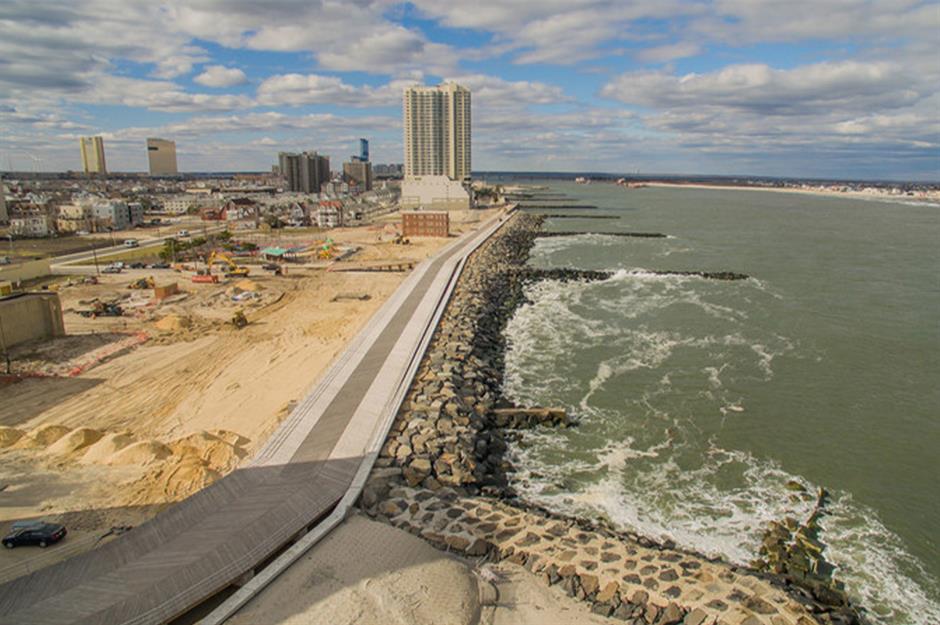
In April 2018, the US Army Corps of Engineers completed work on a new seawall and boardwalk to reduce the storm damage risk. The project had been in planning since 2012 but stalled after Hurricane Sandy hit later that year; it was later further delayed by subsequent storms in 2015 and 2016.
Other parts of Atlantic City are still in urgent need of attention but options are limited. Building infrastructure to tackle flooding and the impact of climate change is expensive, and the local economy relies heavily on the hospitality and leisure industry. This specific sector is still recovering from the impact of the pandemic, and accounts for over two-thirds (68%) of the jobs that were lost in the area during lockdown.
New York, New York
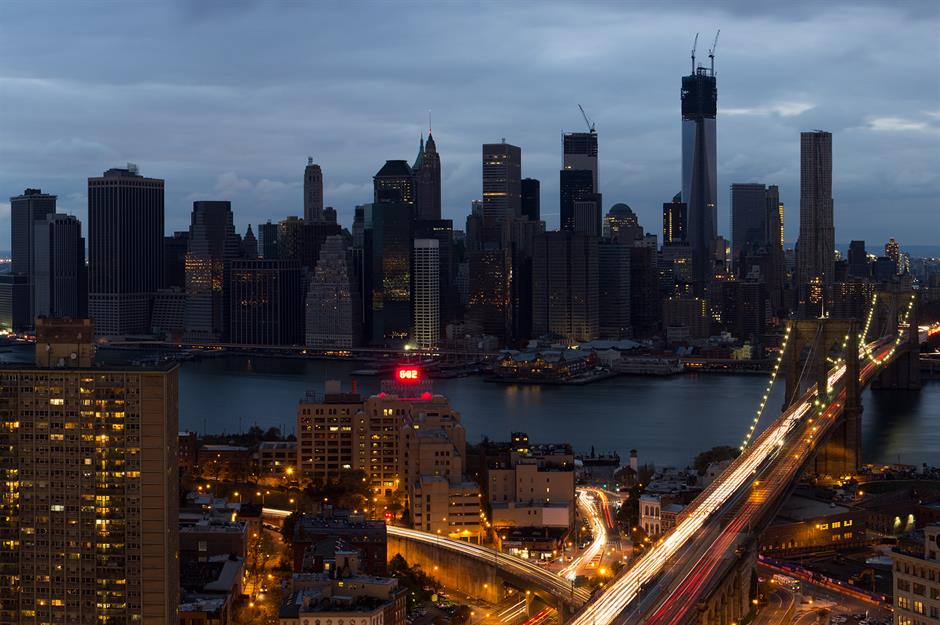
In October 2012, Hurricane Sandy wreaked havoc on New York City. Bringing with it extreme wind, rain, and flooding, thousands of people were displaced by the carnage, and hundreds of thousands more were left without power.
Repair to vital city infrastructure was costly at around $20 billion, with the damage temporarily resulting in food and drinking water shortages for many New Yorkers. At least 44 NYC residents died due to the storm.
New York, New York
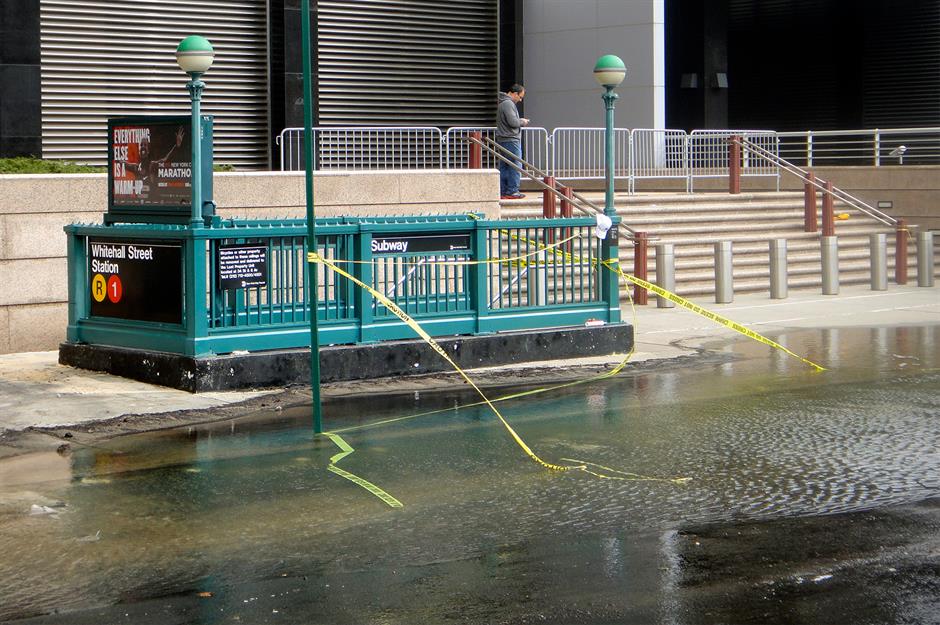
Since then, New York officials have been working to create a more resilient city. This includes plans to deal with threats from increasing sea levels, which have risen by more than a foot since 1900, as well as tackling the risk of tidal flooding.
One measure is the $1.45-billion East Side Coastal Resiliency project, which will create a 2.4 mile zone of trees, parklands, and flood gates. The goal for this combination of infrastrucutre and nature is to create a continuous line of protection while also improving access to public spaces and amenities. The work is funded by a combination of federal grants and city money.
Charleston, South Carolina
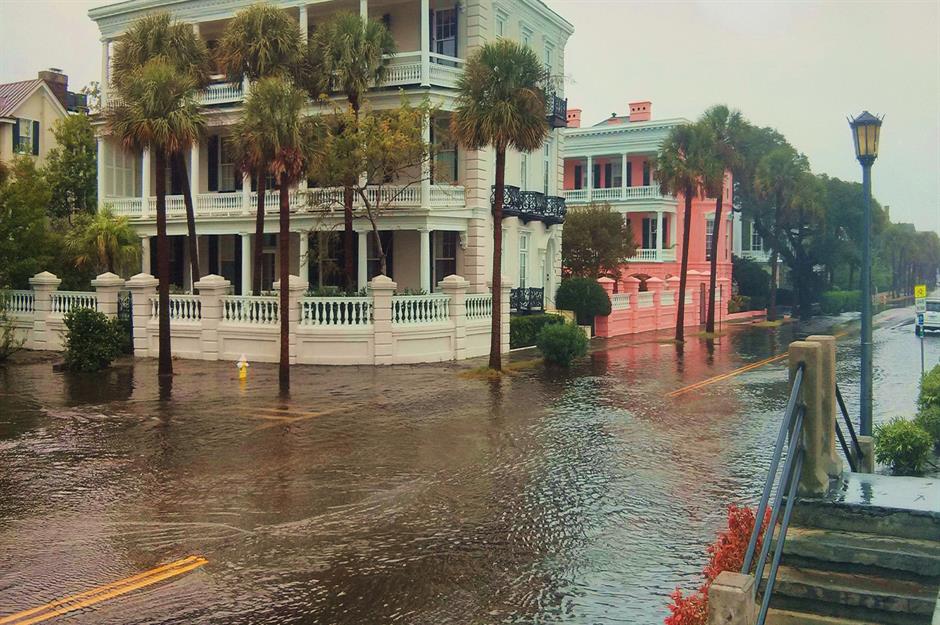
South Carolina's biggest port city is among the most vulnerable on the Eastern Seaboard, with flooding a regular occurrence.
Sea levels in the harbor have risen ten inches since 1950; as of 2010, it's shot up by one inch every two years. This is especially problematic as much of the region's development has been concentrated in its low country.
Despite the increasingly alarming symptoms of climate change, policymakers have been slow to take action, making the city one of the most vulnerable in the country – and one of the least prepared.
Charleston, South Carolina
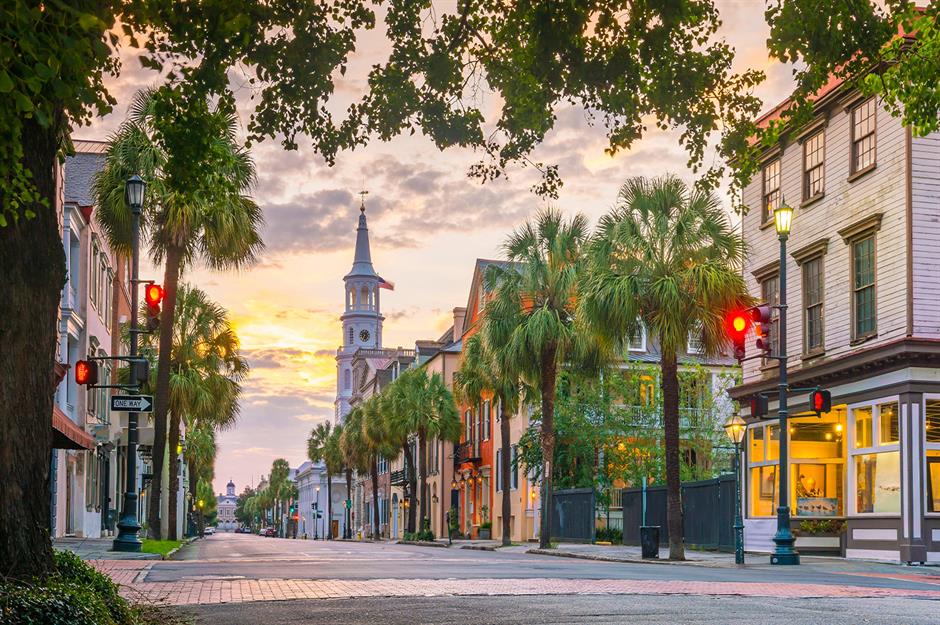
The US Army Corps of Engineers has been exploring options for protecting downtown Charleston, with plans drawn up for an eight-mile-long concrete seawall that would stand as much as eight feet above tidal flood levels.
The City of Charleston would be expected to pay for one-third of the project, which would reportedly cost somewhere between $1.1 and $2 billion.
However, the plan has not been well-received locally. Residents and non-profit groups are calling for more nature-based solutions, with the Corps responding that those options would provide insufficient protection against hurricane surges.
Seattle, Washington
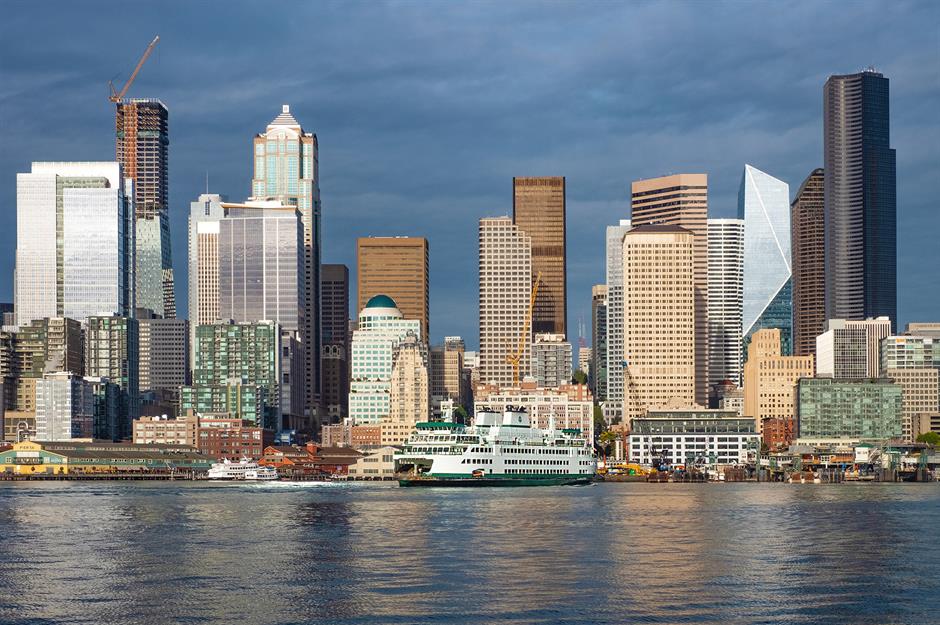
Like many coastal cities across the US, Seattle experiences warmer and wetter weather due to climate change, as well as the ongoing threat of rising sea levels.
The city reports that the water along Seattle’s Puget Sound shoreline has risen by more than six inches over the last century. The rate is set to accelerate, with estimates suggesting that Seattle's sea level will rise by a further ten inches by 2050, 28 inches by 2100, and 47 inches by 2150.
The local government predicts the city will see a lot more flooding, including more in the way of "king tide" floods, which could even become daily events.
Seattle, Washington
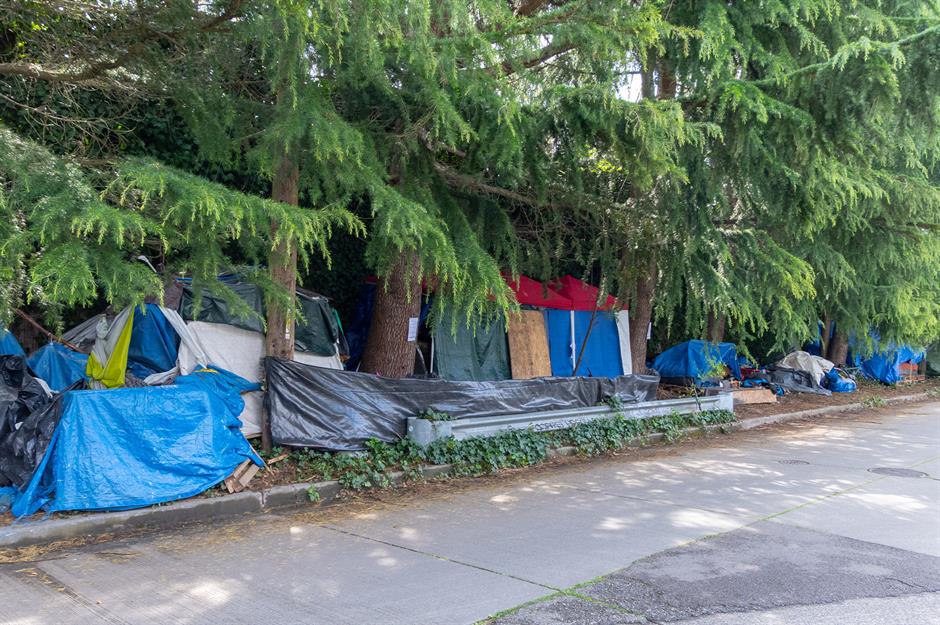
The Pacific Northwest’s largest city is also facing an affordability crisis. While Seattle has been experiencing a booming economy and is home to many high-wage jobs, many residents have been pushed out by rising housing and living costs.
Rent rocketed up by 92% between 2010 and 2020 according to research from fintech firm Self Financial, although the city's median household income increased by just 47%.
Along with the associated human rights and public health issues seen in other US cities, the increasing number of tent encampments in Seattle have also become a source of crime and safety concerns for pedestrians.
Madison, West Virginia
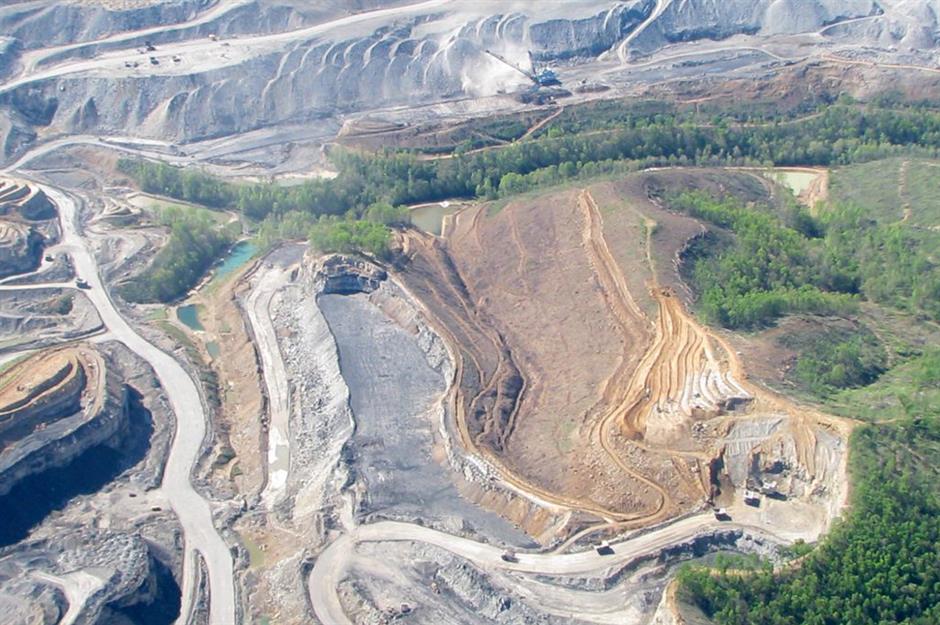
With over 2,700 residents, Madison is the largest city in Boone County, West Virginia, and is home to the now-defunct Hobet 21 Coal Mine.
First opened in 1974, the mine originally used both underground mining and strip mining techniques. According to environmental organization Sierra Club, pollution from the mine was more "widespread and destructive" than at virtually any other mine in all of Appalachia.
Following its owner’s bankruptcy, the mine closed for the final time in 2015.
Madison, West Virginia
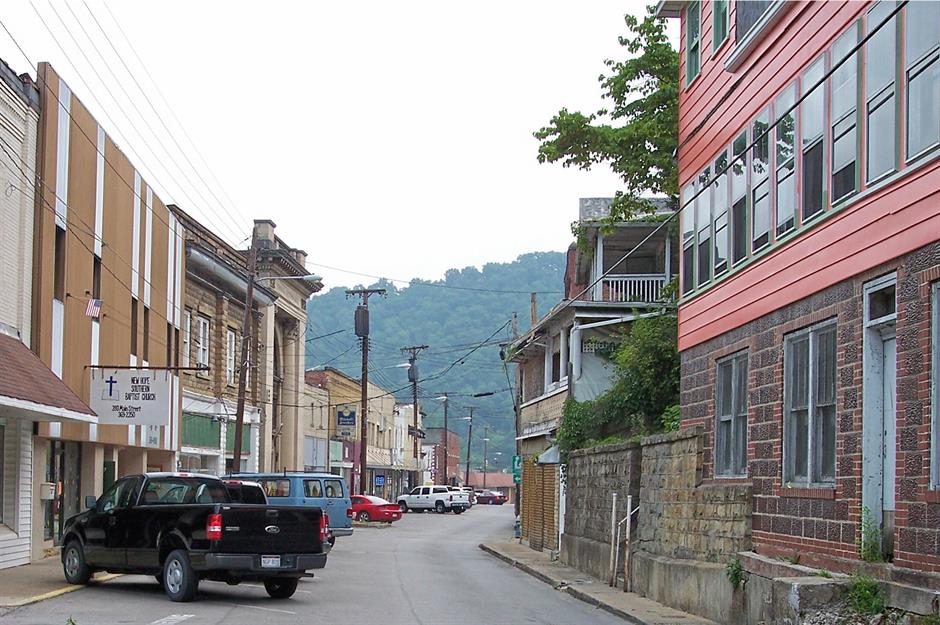
Madison is one of many towns that relied heavily on the coal industry to support its economy, and is now struggling due to reduced demand and the mine's closure.
The city's population is declining fast and around 19% of its residents live in poverty. To make matters worse, many in Madison and the wider Boone County have struggled with opioid addiction, and rates of fatal overdoses are increasing.
State agencies say they are eager to redevelop the former Hobet Mine but many of the federal grants available for such projects require matching funds, which West Virginia simply doesn't have.
Los Angeles, California
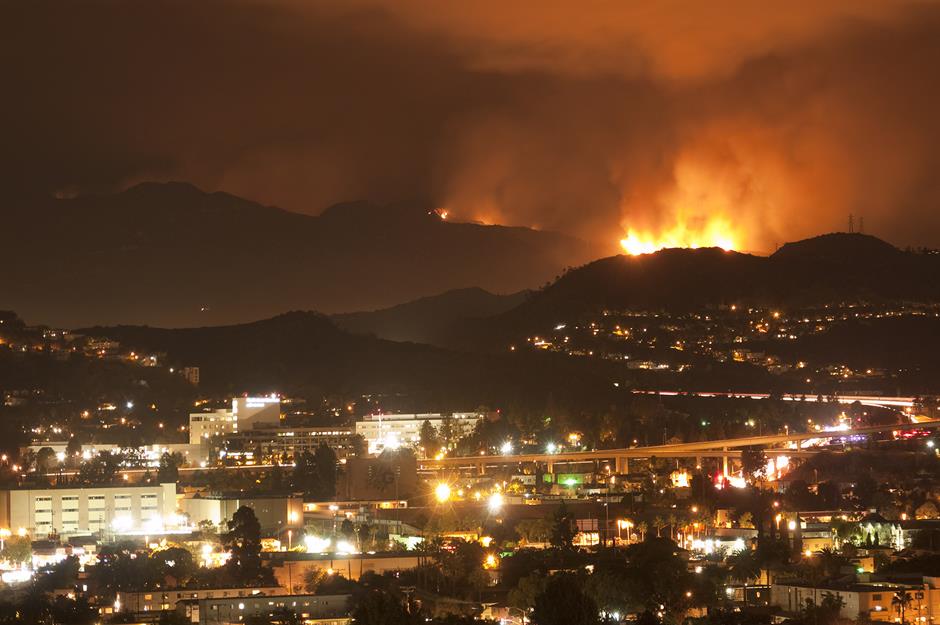
The Los Angeles area is already experiencing the impact of climate change in the form of extreme temperatures and drought.
Destructive wildfires in southern California have not only been fatal but have also caused billions of dollars of damage over the last few years, as well as requiring the evacuation of thousands of people.
On the other end of the spectrum, the city is also vulnerable to coastal flooding, which could spell potential disaster for its beaches, tourism, and the Port of Los Angeles, which is the largest port in the country.
Los Angeles, California
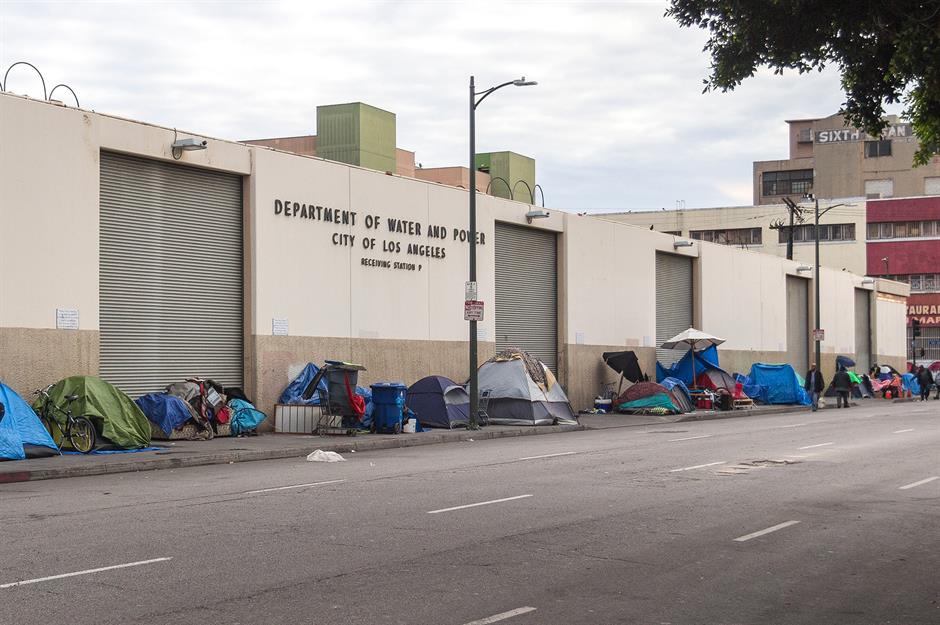
Los Angeles is also one of several cities in California facing the challenges of a housing crisis. It has the fewest number of housing units per adult compared to any other major city in the entire US, according to the Los Angeles Homeless Services Authority.
A count conducted in 2020 found that LA had 41,000 homeless residents, many of whom were unsheltered or living in tent encampments.
Five years ago, voters approved a $1.2 billion bond to build housing for those who are homeless or on low incomes. However, a study has found that the program is plagued by spiraling construction costs and a shortage of available land, and will actually only meet a fraction of the current housing needs.
Now discover the US cities that have had the biggest population dips in recent times.
Comments
Be the first to comment
Do you want to comment on this article? You need to be signed in for this feature